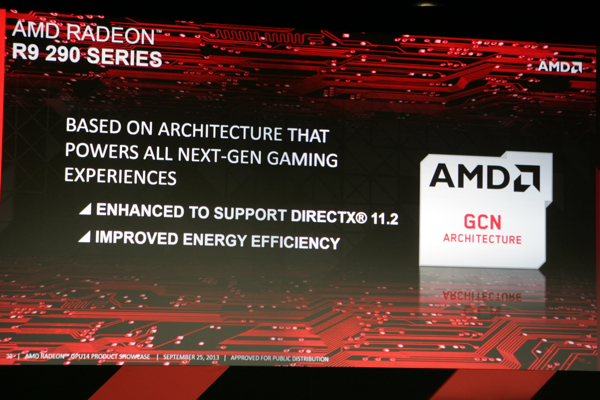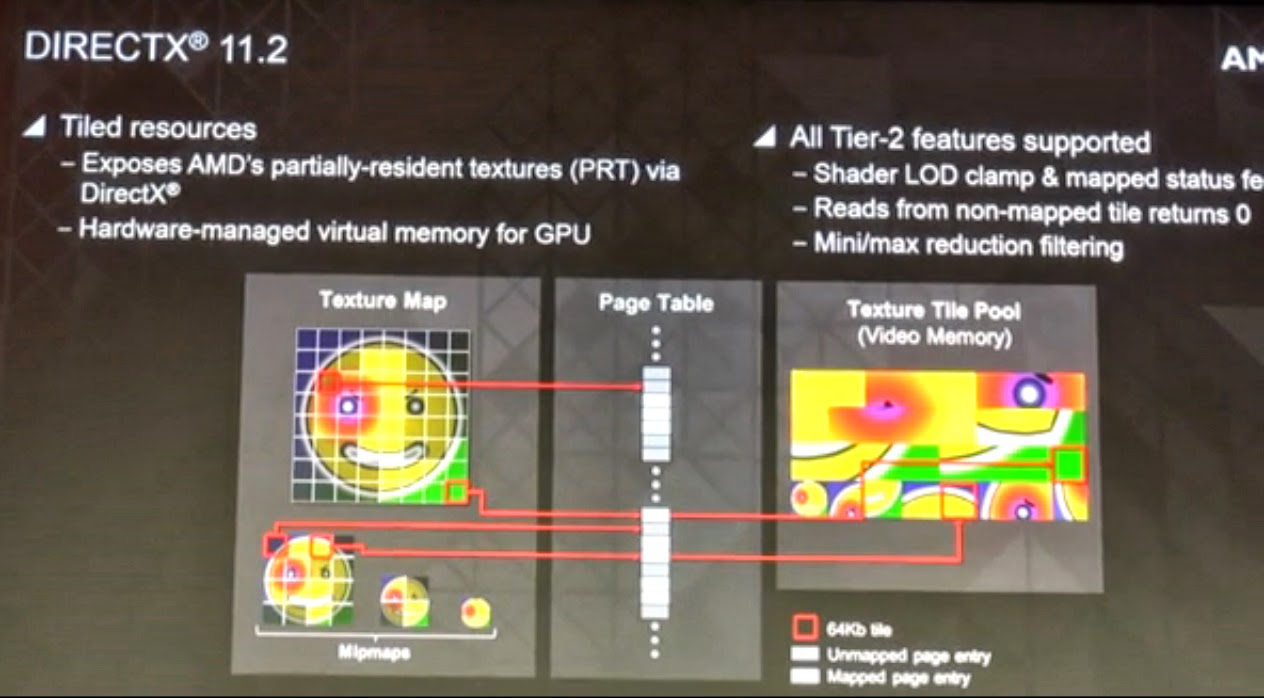Well, I think it mainly was something he wanted to somewhat clarify about AMD's desktop GPU's since it wasn't coming up anywhere else.
It may or may not have any relevance to the consoles. I don't know if we'll ever find out for sure whether one or both consoles have Tier 2 hardware features.
Regards,
SB
This thread was closed & he asked that it be opened back up to point out that it really is a difference. I think it might have to do with the new GPU's coming out & he can't talk about it until after they are revealed.



